Worky
Worky is a time and resource optimization tool developed by Esterox. The tool enhances data-driven decision making, productivity, and collaboration by highlighting the time spent on tasks and projects. It is useful for almost every type of team to monitor and arrange everyday work: the time spent on each task or meeting, their activity, and statistical data for a certain period. The app allows creating reports on finances, users, projects, and team levels.
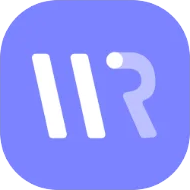
Challenge
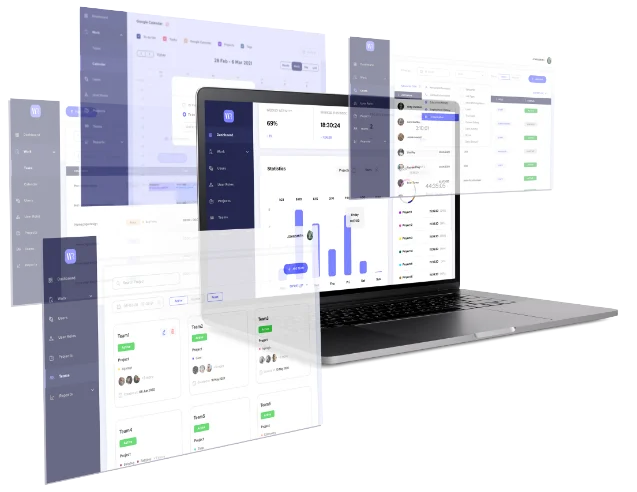
Solution
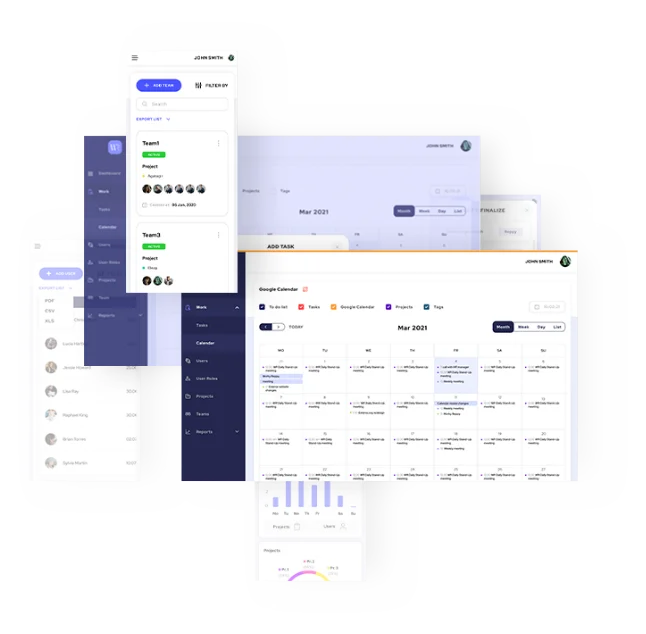
We offer free consultation for any ongoing or new projects and would be happy to discuss with you our future cooperation.
Contact UsKey Features
Time tracking-users can track their ongoing tasks in real-time by adding a task name, and description, clicking “play”, and stopping the timer whenever they are done. Tasks can be added in manual mode as well (completed tasks in past date & time).
Calendar (Google Calendar integration)-a calendar section inside the platform allows to have all tasks displayed on the calendar based on the date & time of their completion. Integration with Google Calendar allows to have all events displayed on the same calendar.
User directory-users have their personal profiles which include all the relevant fields for storing important employee data. The fields are grouped by personal, professional, or platform-related activity.
Grouping users into teams/projects-By grouping users, the data gathered on individuals can be tracked on other levels as well. For instance, the tracked tasks can be labeled by projects, and the platform will gather the activity in the scope of the project. The same applies to teams.
Dynamic user roles/permissions-each organization can create their own custom company roles and assign custom system permissions to each of them. The roles are later assigned to the users, and the role decides what content and actions are going to be available inside the workspace.
Reports-reports allow exporting and analyzing the data on users’ activity based on several criteria, including financial, per project, per user, effort summary, etc.
Multi-tenant architecture-Worky features separate workspaces for every company. For better application management, the architecture of the application has multiple instances, which does not allow the activity of one workspace to affect another.
Used Tech Stack
Frontend
Frameworks:
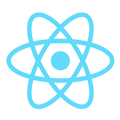
React.js + Umi.js
Libraries:

DVA, Redux
Backend
Language:

PHP 8.1
Frameworks:

Laravel 9.9
Database:

Mysql 5.7
Other

Redis cache/queue system
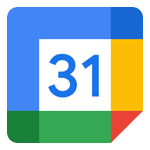
Google API client (calendar using)
We offer free consultation for any ongoing or new projects and would be happy to discuss with you our future cooperation.
Contact Us